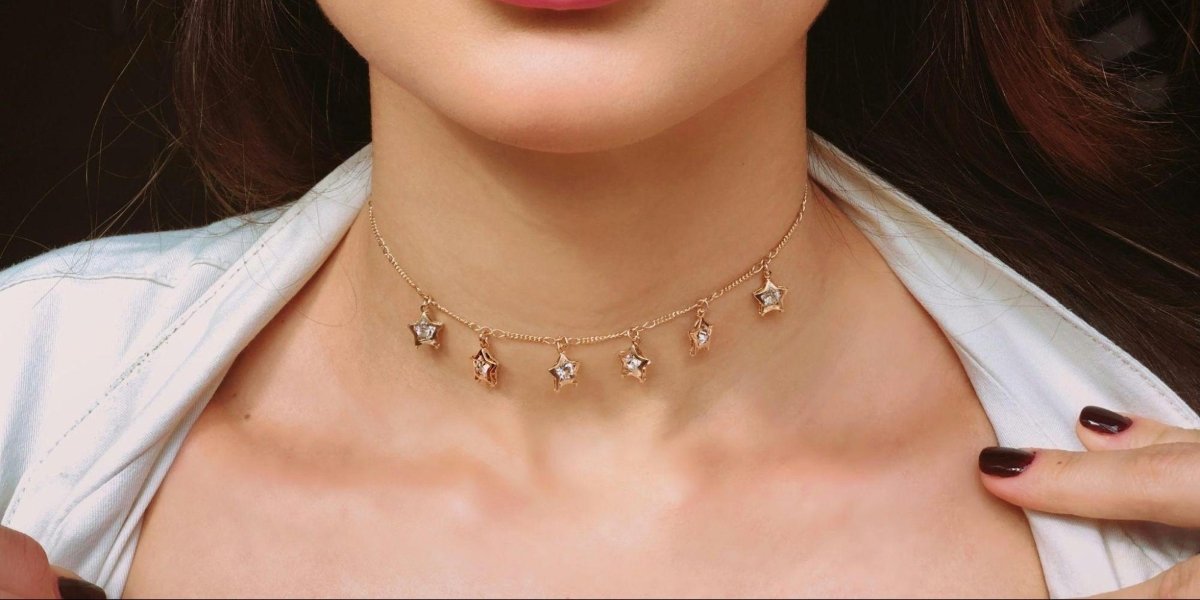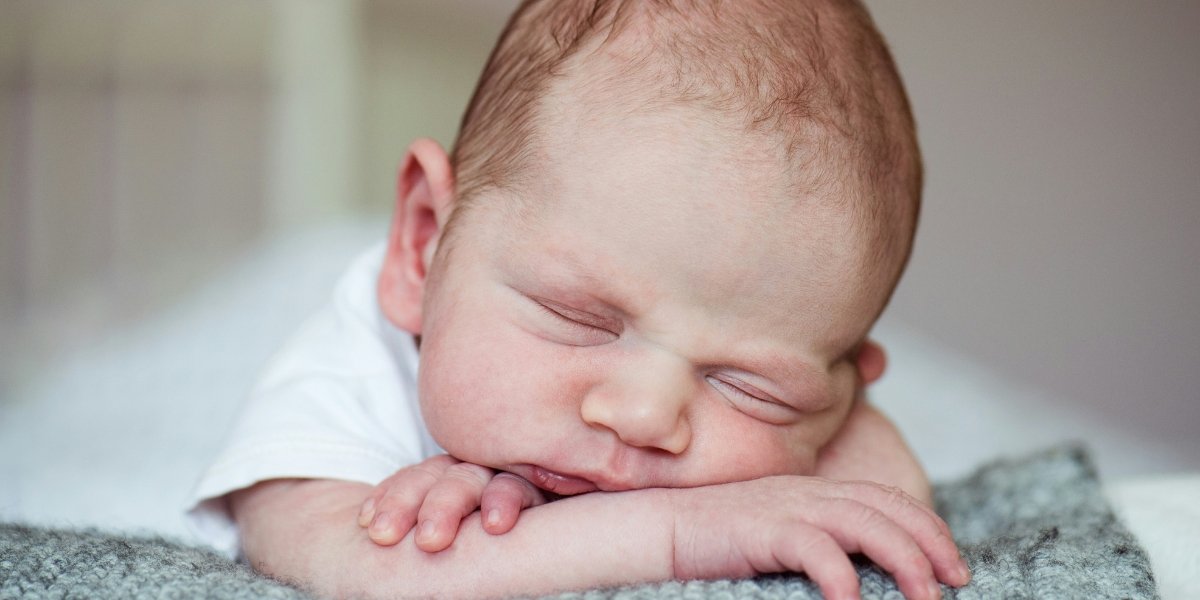Confidence on Set: Models Combat Anxiety
The world of modeling, while appearing glamorous from the outside, often involves intense pressure, constant scrutiny, and unpredictable environments. For models, anxiety before and during shoots is a common, yet often unspoken, challenge. This performance anxiety can manifest in various ways, from self-doubt and fear of judgment to physical symptoms like sweating or a racing heart. However, successful models aren’t those who are immune to anxiety, but rather those who have developed robust strategies to manage and overcome it, ensuring they can deliver their best work under pressure.
Read Also: Alegre de Pilipinas With Jewels Empire Ent. Models Stuns Paris With Bold Designs and Diversity
Mastering anxiety for shoots involves a holistic approach, encompassing mental preparation, on-set coping mechanisms, a strong support system, and cultivating long-term resilience. By understanding the roots of their anxiety and employing targeted techniques, models can transform potential stressors into opportunities for growth, allowing their true confidence and professionalism to shine through in front of the camera.
What are the common sources of anxiety for models before a shoot?
Models face a unique set of pressures that can fuel anxiety even before they step onto a set. One primary source is the inherent performance pressure. Every shoot is an opportunity to impress, to secure future work, and to meet the expectations of clients, photographers, and their own agency. This high-stakes environment can lead to a fear of not delivering the desired look or performance, or of “failing” to capture the client’s vision. The knowledge that their images will be widely seen and critiqued can intensify this feeling of needing to be perfect.

Photo Credit: Unsplash.com
Another significant factor is self-consciousness and the fear of judgment. Models are constantly under scrutiny, with their appearance and movements being meticulously analyzed. This can trigger insecurities about body image, posing abilities, or facial expressions. The internal dialogue can become highly critical, magnifying perceived flaws and creating intense self-doubt. Coupled with this is the unpredictability of the industry – last-minute changes, new creative briefs, or working with unfamiliar teams can add to a sense of unease and a lack of control, making it difficult to fully relax and prepare.
How do models prepare mentally before a shoot to reduce anxiety?
Effective mental preparation is a cornerstone of anxiety management for models. Many successful models utilize visualization techniques before a shoot. This involves mentally rehearsing the shoot, picturing themselves performing confidently, hitting poses fluidly, and receiving positive feedback. They might visualize the final successful images or the calm atmosphere of the set. This mental rehearsal helps to “trick” the brain into feeling more familiar and comfortable with the situation, reducing the fear of the unknown.
Positive self-talk is another powerful tool. Instead of allowing negative thoughts to spiral, models consciously reframe them. Phrases like “I am prepared,” “I am capable,” or “I will do my best” replace self-critical inner monologues. This deliberate shift in internal narrative builds confidence and self-belief. Additionally, many models find comfort in establishing a pre-shoot routine, whether it’s a specific breakfast, a workout, meditation, or listening to calming music. This routine provides a sense of control and predictability, creating a calming ritual that signals to their mind and body that they are preparing for a positive experience.
What on-set strategies help models manage anxiety during a shoot?
Even with thorough pre-shoot preparation, anxiety can surface once on set. Models often employ several real-time strategies to manage these feelings. Mindful breathing techniques are invaluable; deep, slow breaths can help regulate the nervous system, reduce heart rate, and bring focus back to the present moment rather than anxious thoughts. Taking a brief moment to practice a few rounds of diaphragmatic breathing can make a significant difference.
Another effective strategy is mindfulness and focusing on the task at hand. Instead of getting lost in anxious thoughts about the outcome or judgment, models redirect their attention to the specifics of the pose, the light, the photographer’s instructions, or the texture of the clothing. This intense focus on the present moment reduces mental clutter and allows for greater presence. Open communication with the crew is also vital. A professional model knows when to politely ask for a quick break, a glass of water, or clarification on a pose. Being able to voice needs without fear of judgment contributes to a more comfortable and less anxious working environment.
How does building a strong support network contribute to anxiety management?
A robust support network is critical for models in managing the inherent stresses and anxieties of their profession. Having a trustworthy agent or management team who advocates for them, handles negotiations, and addresses concerns can significantly alleviate pressure. Knowing there’s a professional buffer between themselves and potentially demanding clients allows models to focus on their creative work, rather than worrying about logistics or unfair expectations.

Photo Credit: Unsplash.com
Connecting with peers who understand the unique challenges of the industry provides a safe space for models to share experiences, vent frustrations, and gain advice. Whether it’s through industry events, online forums, or informal gatherings, these peer connections foster a sense of community and reduce feelings of isolation. Sharing tips on coping mechanisms or simply knowing they’re not alone in their anxieties can be immensely validating and empowering. Establishing professional boundaries with clients and photographers, and having their agent enforce these if necessary, also contributes to mental well-being by ensuring they are respected and treated fairly.
What long-term habits help models build resilience against anxiety?
Building long-term resilience against anxiety in the modeling world goes beyond immediate coping mechanisms; it involves cultivating sustainable habits that promote overall well-being. Prioritizing self-care is paramount. This includes consistent sleep, nutritious eating, regular exercise, and engaging in hobbies outside of modeling. These activities help regulate mood, manage stress hormones, and provide a much-needed mental break from the demands of the job, preventing burnout and building a stronger foundation for mental health.
Read Also: From Runway to Rhapsody: Models Who Lit Up the Musical Stage
Continuous learning and skill development also play a crucial role. Models who regularly attend workshops, practice posing, study fashion trends, or take acting classes often feel more confident in their abilities. This ongoing investment in their craft translates to greater self-assurance on set, as they know they have the skills to adapt and perform. Finally, debriefing experiences, whether with a trusted friend, therapist, or mentor, helps models process challenging shoots, learn from mistakes without dwelling on them, and celebrate successes. This reflective practice fosters a growth mindset, turning anxious moments into valuable lessons and incrementally building stronger mental fortitude over time.














